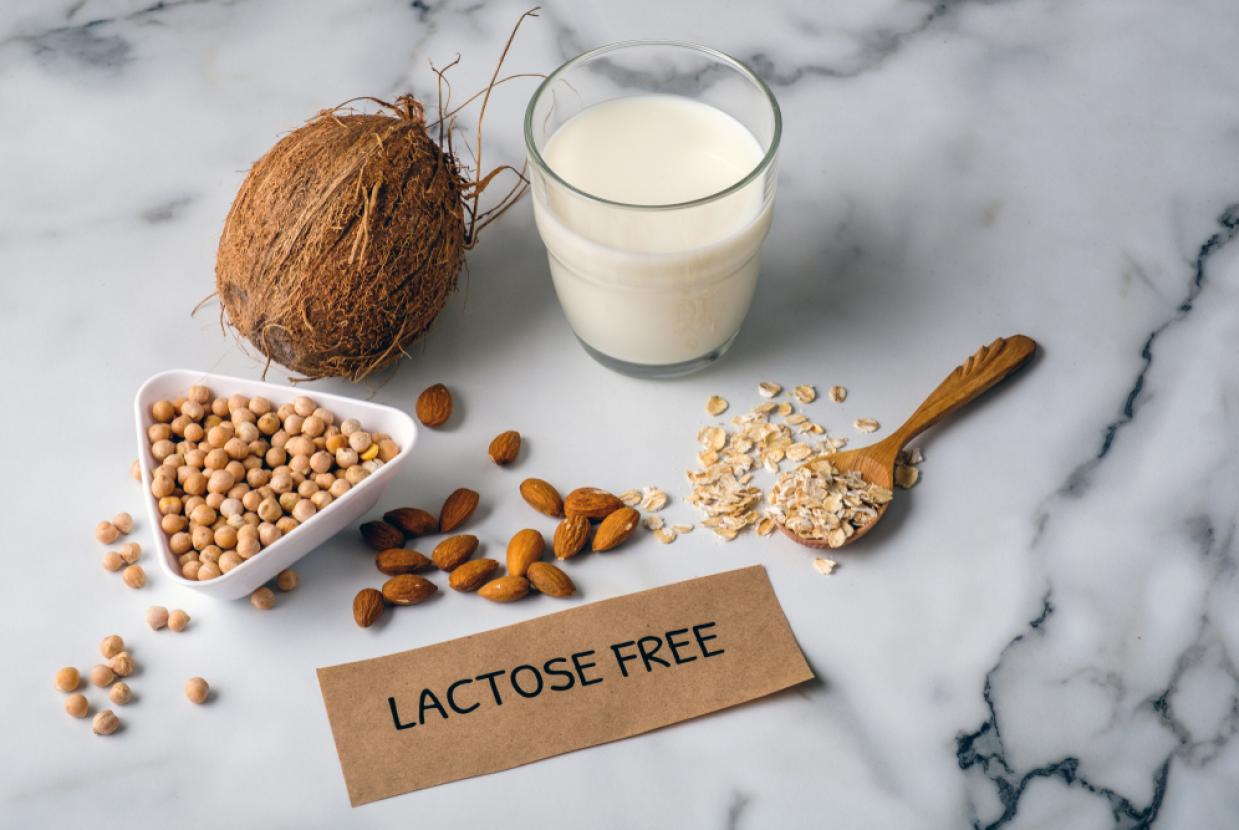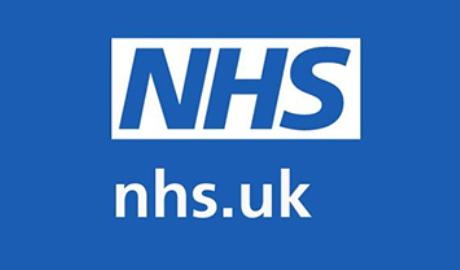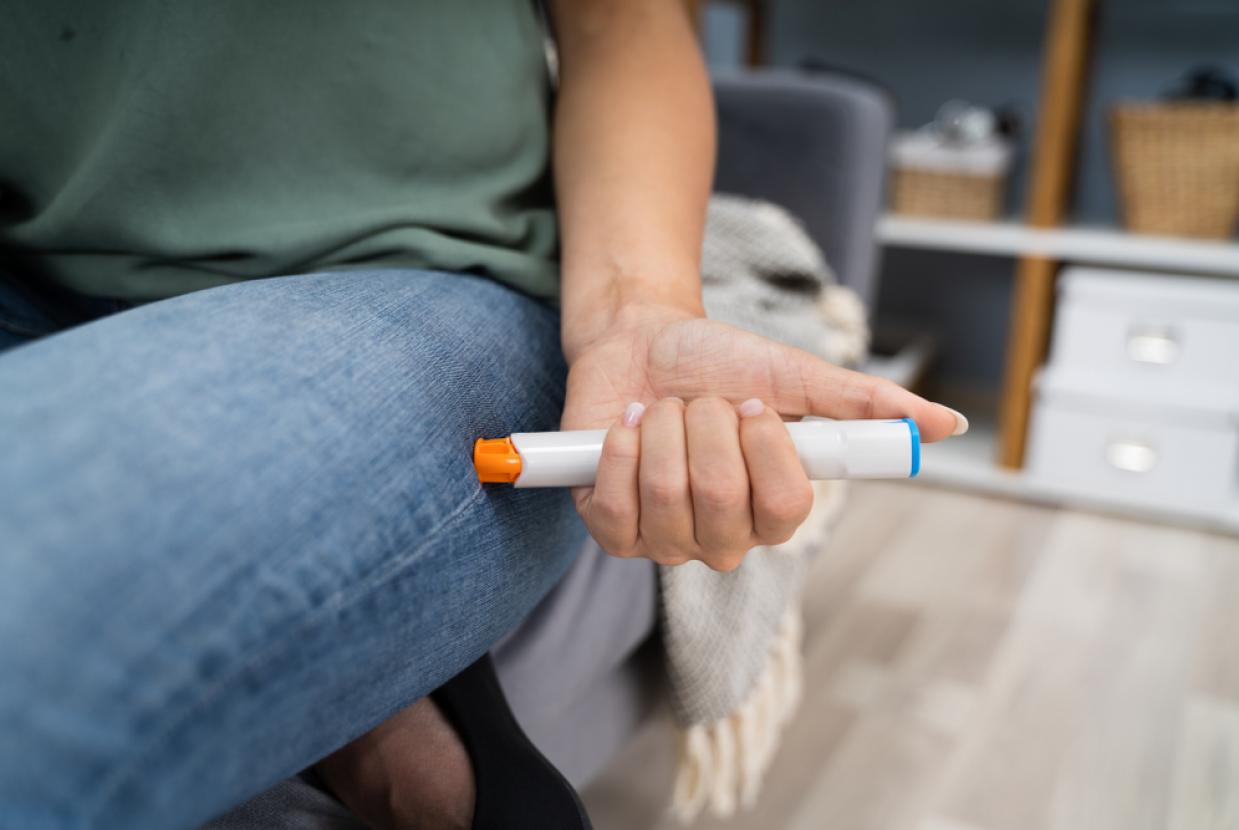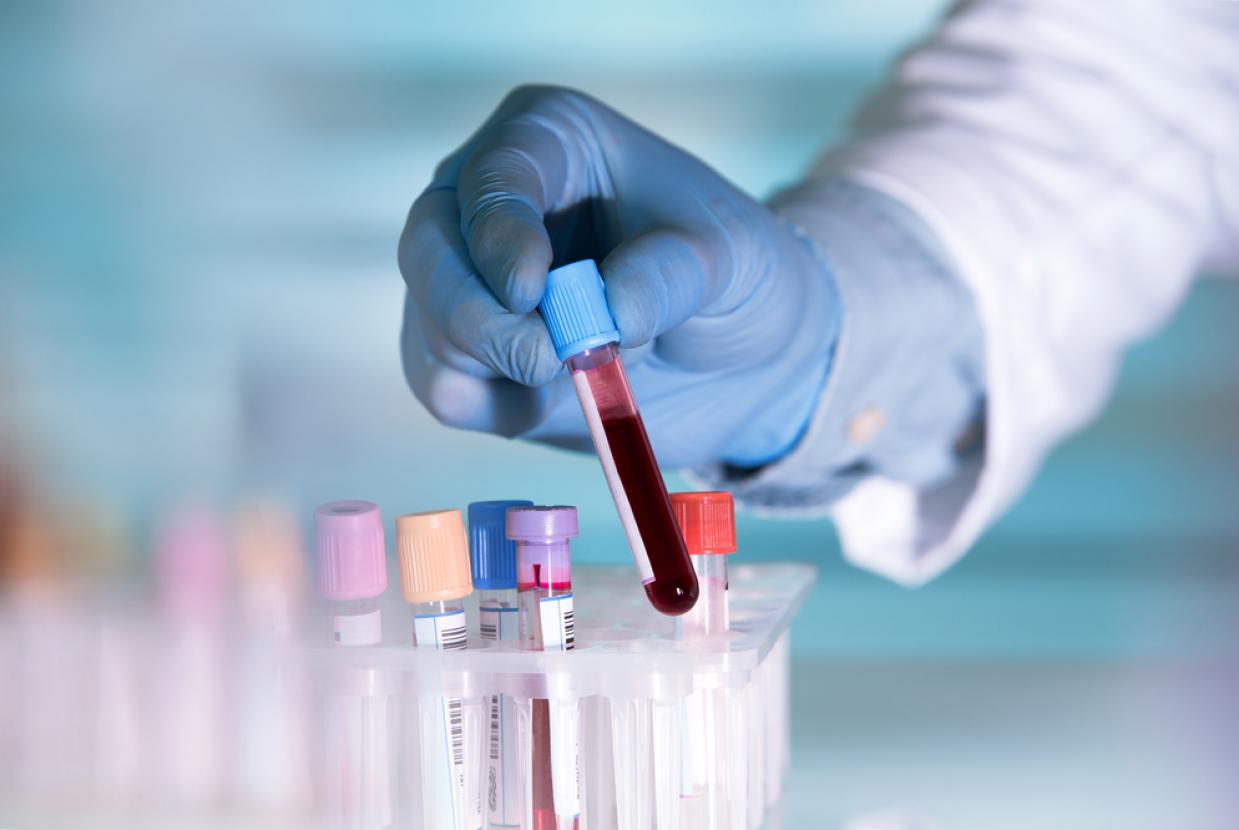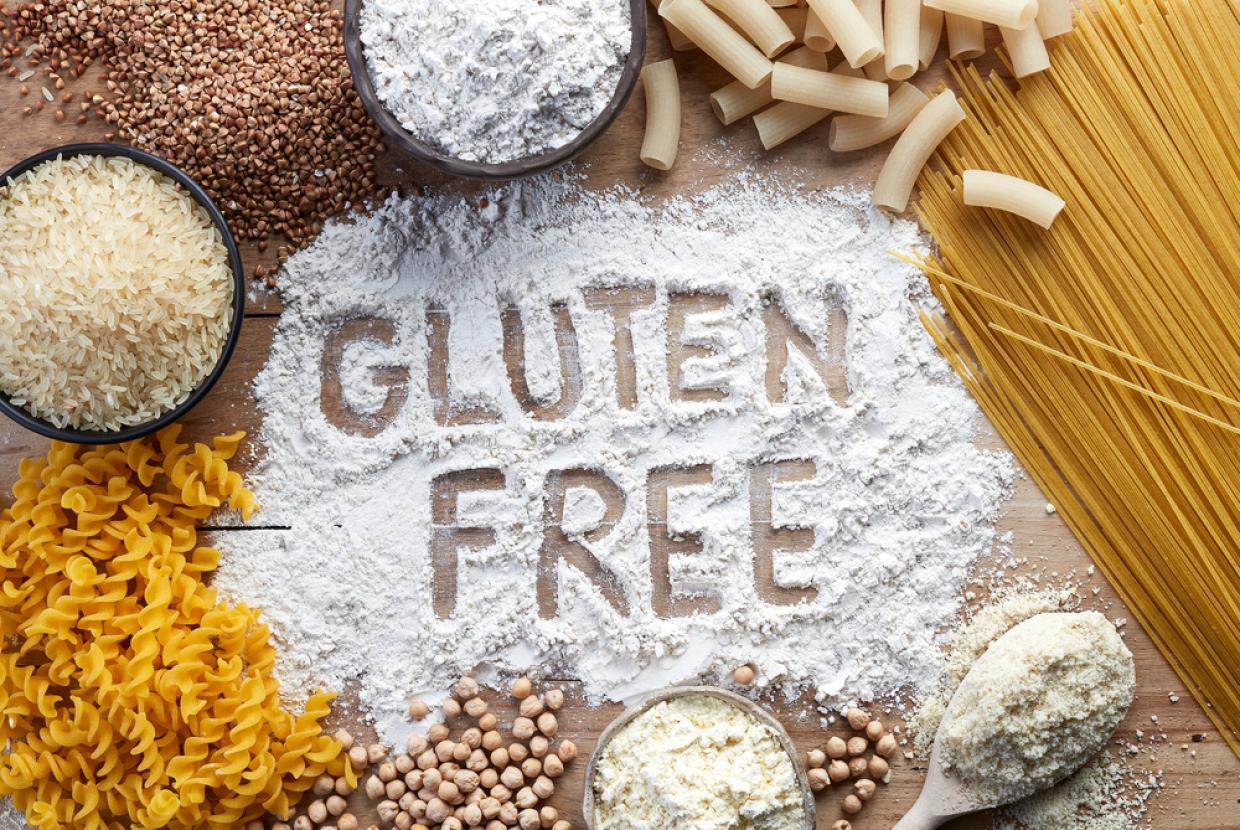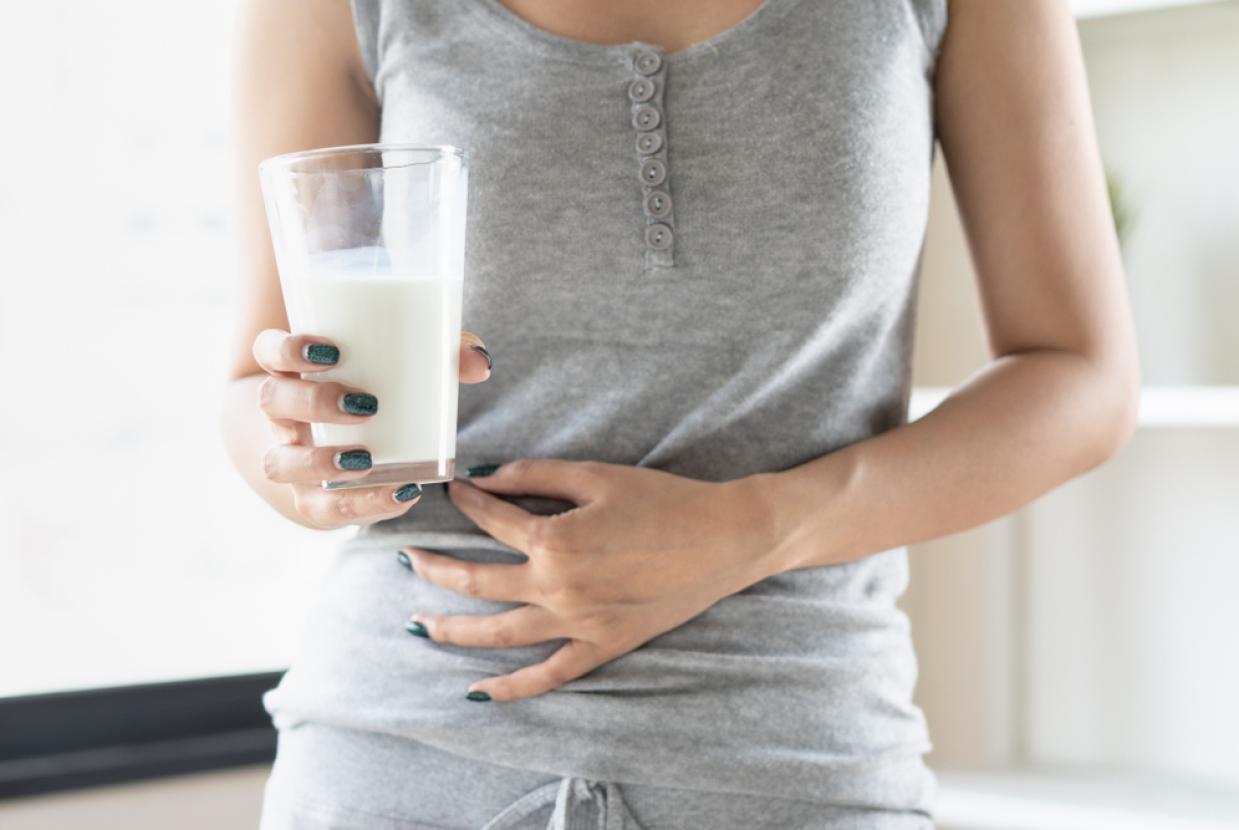Diagnosis & Treatment
It's important to visit your GP if you think you or your child may have lactose intolerance, as the symptoms can be similar to other conditions. Before seeing your GP, keep a diary of what you eat and drink, and what symptoms you experience.
Tell your GP if you notice any patterns or if there are any foods you seem particularly sensitive to. Your GP may suggest trying to remove lactose from your diet for 2 weeks to see if it helps to relieve your symptoms.
Further testing
Other tests are not usually needed, but your GP may sometimes suggest further tests to:
- help confirm the diagnosis
- find out how much lactase (the enzyme used to digest lactose) your body is producing
- try to determine what might be causing your lactose intolerance
Some of the main tests that may be used are:
Hydrogen breath test
A hydrogen breath test is a simple way of determining if you may be lactose intolerant. You'll be asked to avoid eating or drinking during the night before the test. When you arrive for the test, you'll be asked to blow up a balloon-like bag. This sample of your breath will be tested to find out how much hydrogen is present, measured in parts per million (ppm).
You'll then be given a drink of lactose solution and your breath will be tested every 15 minutes over the next few hours to see if the level of hydrogen changes.
If your breath contains a large amount of hydrogen (more than 20ppm above your baseline) after consuming the lactose solution, it's likely that you're lactose intolerant. This is because lactose intolerance can cause the bacteria in the colon (large intestine) to produce more hydrogen than normal.
Lactose tolerance test
In a lactose tolerance test, you'll be given a drink of lactose solution and a blood sample will be taken. The blood will be tested to see how much blood sugar (glucose) it contains.
If you're lactose intolerant, your blood sugar levels will either rise slowly or not at all. This is because your body is unable to break down the lactose into glucose.
Milk tolerance test
In a milk tolerance test, you'll be given a glass of milk (about 500ml) and your blood sugar levels will be tested. If your blood sugar levels do not rise after drinking the milk, you may be lactose intolerant.
Treatment
There's no cure for lactose intolerance, but most people are able to control their symptoms by making changes to their diet. Some cases of lactose intolerance, such as those caused by gastroenteritis, are only temporary and will improve within a few days or weeks. Other cases, such as those caused by an inherited genetic fault or a long-term underlying condition, are likely to be long-lasting.
Changing your diet
In most cases, cutting down on or avoiding food and drink containing lactose and replacing them with lactose-free alternatives is enough to control the symptoms of lactose intolerance.
The exact changes you need to make to your diet depend on how sensitive you are to lactose. Some people are able to tolerate some lactose in their diet without any problems, whereas others experience symptoms after consuming food containing only a tiny amount of lactose.
Sources of lactose
Milk
A major source of lactose in our diet is milk, including cows' milk, goats' milk and sheep's milk. Depending on how mild or severe your lactose intolerance is, you may need to change the amount of milk in your diet. For example:
- you may be able to have milk in your tea or coffee, but not on your cereal
- some products containing milk, such as milk chocolate, may still be acceptable in small quantities
- you may find that drinking milk as part of a meal, rather than on its own, improves how the lactose is absorbed
Dairy products
Products made with milk, such as cream, cheese, yoghurt, ice cream and butter, also contain lactose and may need to be avoided if you're lactose intolerant. But the level of lactose in these products varies and is sometimes quite low, so you may still be able to have some of them without experiencing any problems.
Medication
Some prescription medicines, over-the-counter medicines and complementary medicines may contain a small amount of lactose. While this is not usually enough to trigger the symptoms of lactose intolerance in most people, it may cause problems if your intolerance is severe or you're taking several different medicines.
If you need to start taking a new medication, check with your GP or pharmacist in case it contains lactose.
Lactose-free foods and drinks
There are a number of alternative foods and drinks available in supermarkets to replace the milk and dairy products you need to avoid. Food and drinks that do not usually contain lactose include:
- soya yoghurts and cheeses
- coconut-based yoghurts and cheeses
- almond milk, yoghurts and cheeses
- rice milk
- oat milk
- hazelnut milk
- foods with the "dairy-free" or "suitable for vegans" signs
- carob bars
Lactose-free dairy products
There are a number of lactose-free dairy products available to buy that are suitable for people with lactose intolerance. These contain the same vitamins and minerals as standard dairy products, but they also have an added enzyme called lactase, which helps digest any lactose so the products do not trigger any symptoms. Lactose-free versions of milk, yoghurt and cheese are normally available in larger supermarkets.
Getting enough calcium
If you're unable to eat most dairy products, you may not be getting enough calcium in your daily diet. Calcium has several important functions, including:
- helping build strong bones and teeth
- regulating muscle contractions (including heartbeat)
- ensuring blood clots normally
It's a good idea to choose lactose-free products with added calcium and ensure your diet contains alternative sources of calcium, such as:
- leafy green vegetables, such as kale, broccoli, cabbage and okra
- soya beans
- tofu
- nuts
- bread and anything made with fortified flour
- fish containing edible bones (for example, sardines, salmon and pilchards)
You can also buy combined calcium and vitamin D supplements from most pharmacists to help maintain good bone health.
It's important to check with your GP or dietitian whether you should be taking supplements, however, as taking excessively high levels of calcium can cause side effects.
Lactose intolerance in children
If your child is lactose intolerant, they may be able to consume small amounts of lactose without experiencing symptoms. This is quite safe, but you may need to experiment to find out how much they can comfortably eat or drink.
If your child is unable to tolerate any lactose, your doctor may refer you to a dietitian for nutritional advice. This is because it's important for young children to have certain nutrients in their diet to ensure healthy growth and development.


